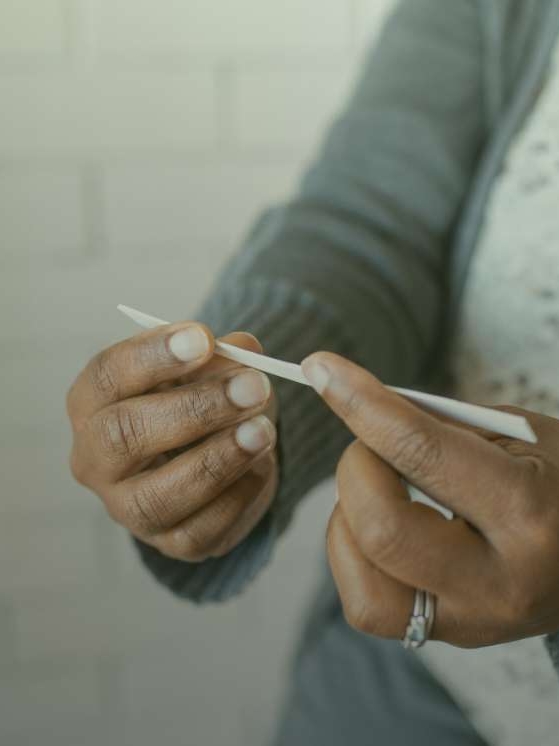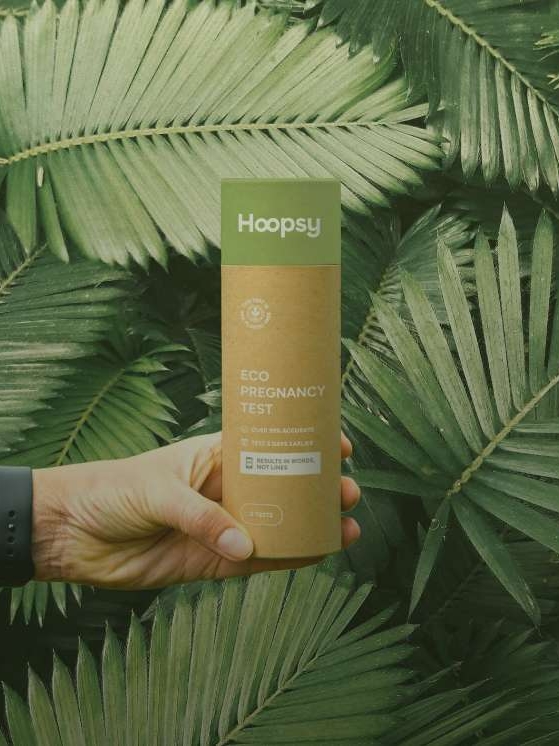Endometriosis is a condition where tissue similar to the lining of the uterus (the endometrium) grows outside the uterus, often on the ovaries, fallopian tubes, or other pelvic organs.
This tissue still acts like it normally would during a period, thickening, breaking down, and bleeding, but since it’s outside the uterus, it has nowhere to go, which can cause pain, inflammation, and sometimes fertility problems.
According to research, 1.5 million women in the UK suffer from endometriosis. Considering that, on average, it takes 7.5 years from the onset of symptoms to get an endometriosis diagnosis, this figure is probably much higher.
Symptoms Of Endometriosis Include:
• Intensely painful periods
• Heavy periods
• Pelvic pain between periods
• Lower back pain
• Digestive issues – diarrhoea, constipation, bloating
• Infertility
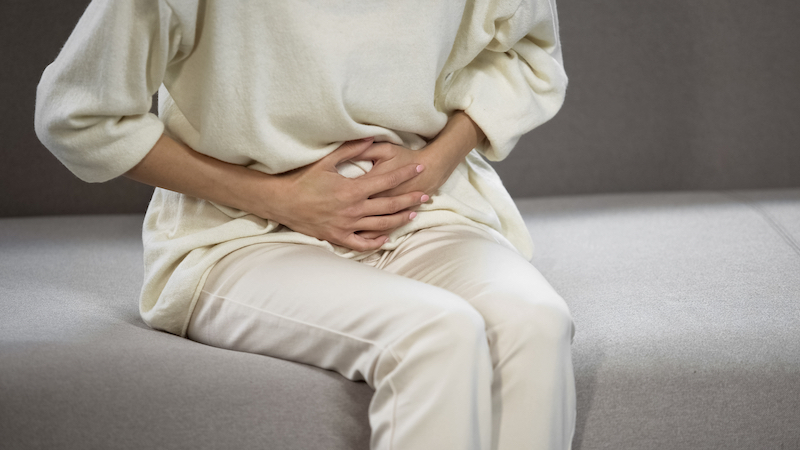
Endometrial cells can appear anywhere in your body, so can cause pain where they are.
Pelvic pain is the most common, but as you can see by the list above, it’s not the only symptom, which can partly lead to the delay in an accurate diagnosis.
Endometriosis can exist even if you have low oestrogen levels (it is not a hormonal issue) however, what is important to understand is that endometrial cells are extremely oestrogen sensitive. This can be up to 150 times more sensitive! What this means is that the smallest amount of oestrogen can have a much bigger effect within your body than someone who doesn’t have endometriosis.
We Are All Individuals
If you are suffering from endometriosis or with a recent endometriosis diagnosis and are struggling to get some relief, several options are open to you. If you know of anyone else who has had endometriosis and has found relief or a resolution to their symptoms when you have not, please do not compare yourself to their journey. We are all individuals; the triggers and solutions are varied. Right now, you are a step closer to finding what that help is for you. You have ruled out what it is not.
For this article, I have put together a few areas for you to consider, some self-help for those of you who are suffering from the pain associated with endometriosis and want to do all you can to ease your pain.
There are lots of options, so start with what is easy and manageable for you.
Self-Help For An Endometriosis Diagnosis
- Check The Products You Have Around Your Home
Hormone disruptors that mimic oestrogen are everywhere within our environment these days. They are most likely everywhere within your home in products you use every day, and most likely, you had no idea this is an issue. Remember to keep this manageable. Start by looking at the things you use daily/frequently. When you pick something up, take a look at the label.
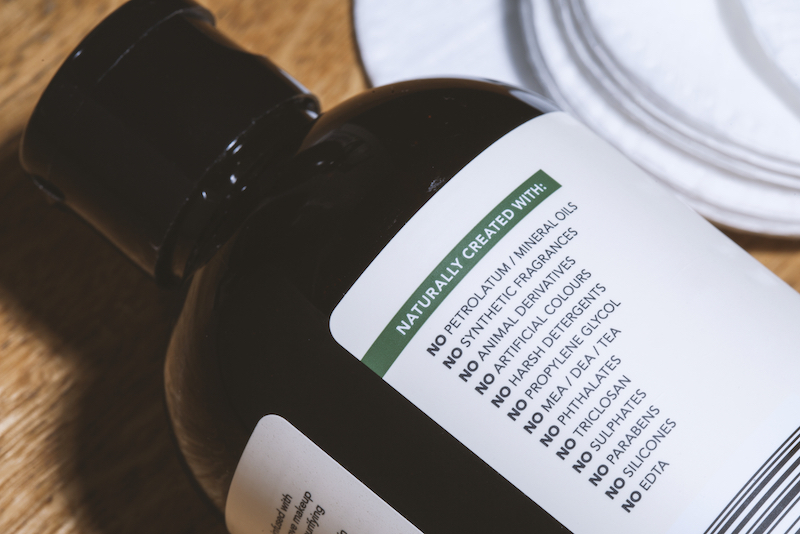
The big ones to look out for within your home are parabens and phthalates. These words will be at the end of the chemical name, such as methylparaben, dicyclohexyl phthalate, etc. Just look out for the words paraben or phthalate somewhere in the name, and you’ll know they are chemical products to avoid. These chemicals mimic oestrogen, and remember endometrial cells are uber sensitive, so the more you can limit your exposure to these chemical versions, the better.
There are so many companies that do chemical-free products, so there are plenty of options available for you to buy alternatives.
Avoid plastics where you can. Phthalates make plastic strong and pliable. This includes food and drink packaging, and most likely, this will be one of the biggest areas where you are using them. It’s not going to be completely unavoidable, as even products with natural ingredients can be in plastic packaging. Just decant the products that you can and buy foods in glass where available.
2. Foods & Endometriosis
There are two elements to this. There is an autoimmune aspect to endometriosis, where your body mistakenly attacks itself. This causes inflammation and more pain.
The more you can reduce inflammation, the more you can help to limit pain.
Avoiding pre-packaged and ultra-processed foods will not only help reduce inflammation, it will also benefit any digestive issues you may have, and will also further reduce your exposure to plastics.
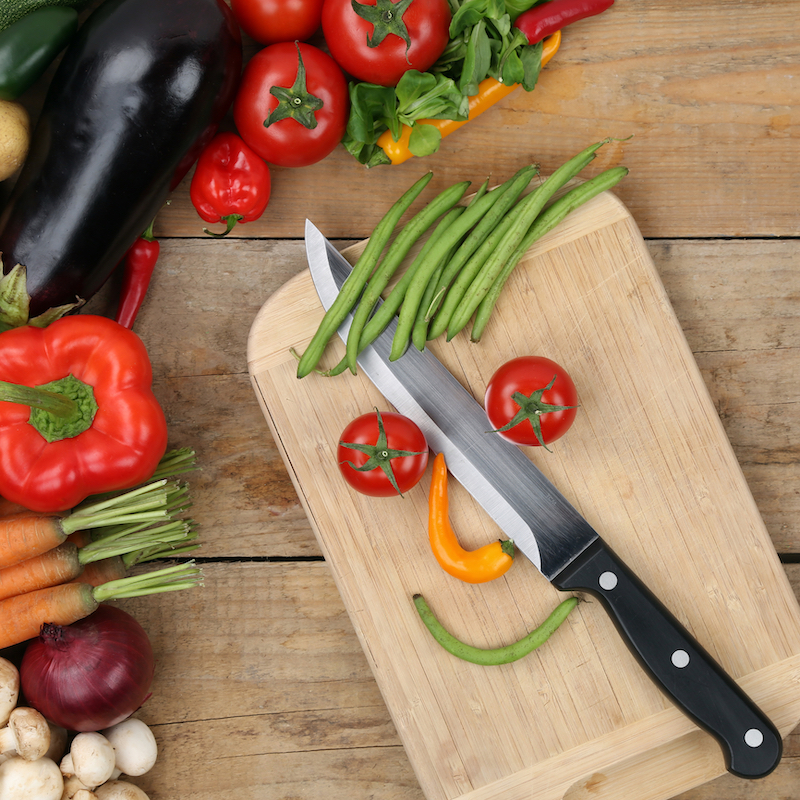
Ideally, eat vegetables with breakfast, lunch and dinner (I know I remember my reaction the first time a nutritionist mentioned veg with breakfast!) and certainly for lunch and dinner, make sure half of your plate is vegetables.
The big and commonly consumed foods that cause inflammation and therefore pain are wheat, dairy, sugar, caffeine, and alcohol. There is a big chance right now that these are things that form part of your everyday life. When you completely exclude these things for at least a month, you will be amazed at how different you feel. Then, if you start to eat and drink them again, your body will soon let you know what it likes and what it doesn’t. I have worked with patients whose pain has resolved by making this dietary change in conjunction with eating more vegetables and drinking more water. A time when food is your natural pain reliever and medicine.
Where you can, eat fresh and organic foods. I know I hear you, easier said than done due to time and the cost. We are talking about reducing your pain in real terms. That has got to be worth the investment and effort.
Non-organic foods can be genetically modified, sprayed with pesticides and other chemicals, and animals can be fed hormone disruptors, which will impact your body.
At the very least, avoid the foods that are known as the ‘Dirty Dozen’ which are the foods known to have the highest levels of chemical residues and replace these with organic alternatives.
Even better, why not try a bit of home-grown food? Try tomatoes, spinach, carrots, garlic, onions and fennel plus herbs in the flower borders and pots. You can’t beat the flavour.
Eat grass-fed meat and fish organically or locally farmed (they often follow organic standards but just can’t afford the costs involved in certifying).
As for finding new recipes: type a vegetable/food item into your preferred search engine and see what delicious, healthy recipe comes up and give it a try. Little and often, increasing your repertoire really helps strengthen your body. Cooking in a larger batch so it becomes more than one meal is a great way to help stay on track.
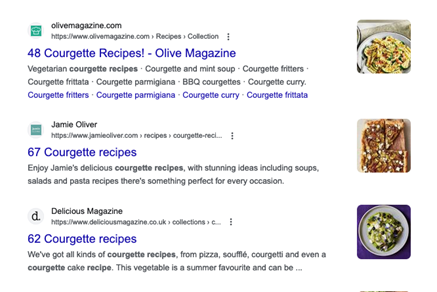
3. Emotions & Endometriosis
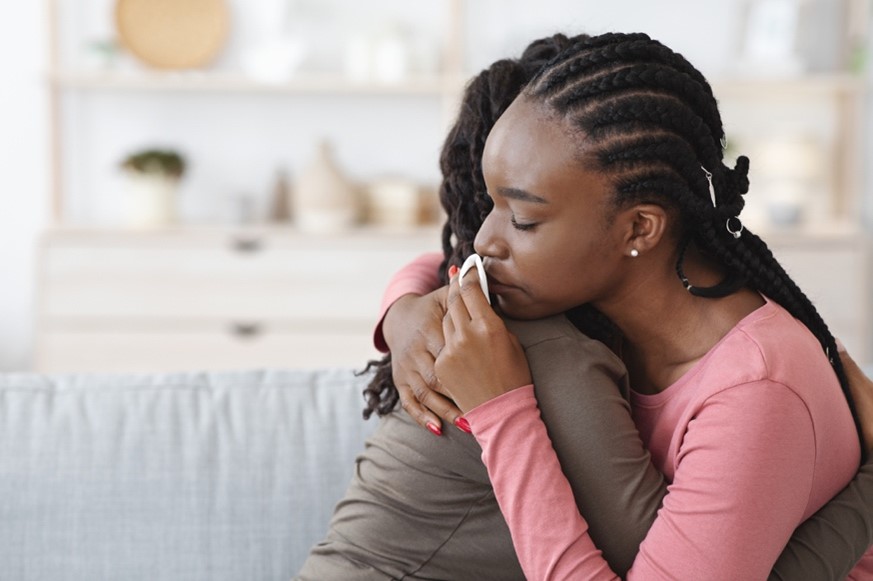
One area that is often missed is the impact our minds and emotions can have on our physical health. As an example, the pelvic area, amongst other things, relates to our feelings of safety and security (relationships, money, home, job, etc).
If you think back to when your symptoms started or the years leading up to it. Is there anything relevant, a memory that pops straight into your mind? Are there any sad or negative emotions that come up along with the physical memory?
If so, this means that although this is something from the past, it is still active in your body. This can relate to immune system dysfunction and the continuation of chronic pain. Methods such as PSYCH-K® and Systematic Kinesiology help eliminate the emotional charge quickly and gently. There is no need to keep re-living the past; the methods we use clear those emotions in as little as 2-5 minutes. Once this emotional link has gone, then everything else you do to improve your symptoms will be able to work effectively.
Try This Quick Experiment
- Stand with your hand covering your stomach muscles as you cough.
- Did your stomach muscles tighten and brace, or did they push outwards?
- If they braced, that is great, your core muscles are working correctly.
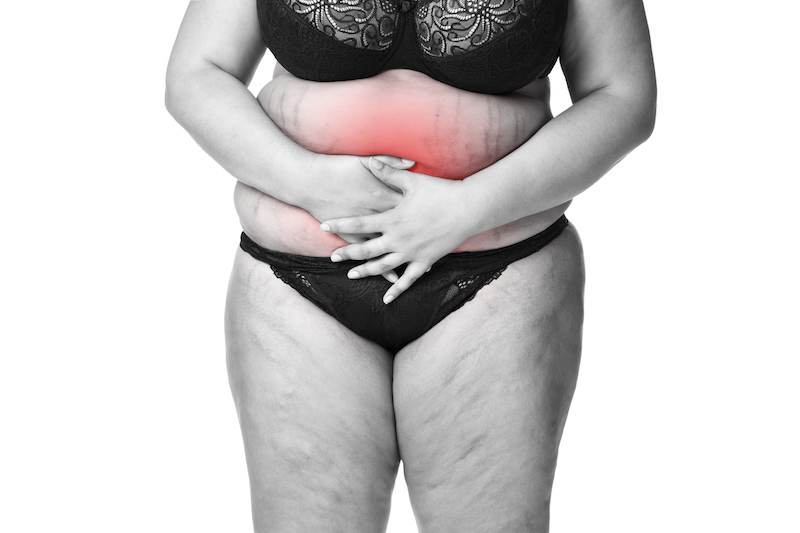
If your stomach pushes outwards, this is a sign that it is important for you to focus on re-training your core muscles. It is essential to understand that this is about re-training and not strengthening. You must not do sit-ups, planks, etc. Most likely, when you do, your stomach will push out and down. If you keep doing those exercises, you are adding to your problem.
If your stomach muscles push out, it indicates that they aren’t supporting your internal organs. Your organs will be dropping down towards your pelvis, creating more of a pot belly look, and can cause you more pain. Your organs make up about 13-15% of your body weight. This means if you weigh 10 stone, it’s about 9kg. That’s a lot pushing down on top of a uterus and bladder, enough to be pain-inducing, let alone contributing to incontinence.
To re-train your core, it is best to have specialist advice from a physiotherapist trained in this technique or someone trained in methods such as Pilates, including the reformer and certainly to begin with 1:1 attention to make sure you are re-training the core in the right way to reduce pain.
As you can see, there are several options to help reduce the pain of endometriosis. Try the changes above for at least two months and start with what feels most manageable. Small, consistent change is far better than going all out, finding it too much change and giving up.
Looking For More Specialist Advice?
Other factors contribute to the symptoms of endometriosis that are beyond the scope of this blog, so if you would prefer more specialised advice tailored to your individual needs, you can contact It’s All About Health, where they offer complimentary no obligation 30-minute calls where you can ask any questions before making a decision.
Rachael Kennard-Wall practices PSYCH-K®, Systematic Kinesiology and Barral Institute Visceral manipulation. She’s been helping people to overcome chronic and recurrent pain since 2001.

About Hoopsy
Hoopsy is on a mission to make healthcare more sustainable—starting with eco pregnancy test kits. Our plastic-free, paper-based hCG pregnancy test strips reduce waste without compromising accuracy. We believe better health starts with better choices—for you, and for the planet.
Learn More About…





